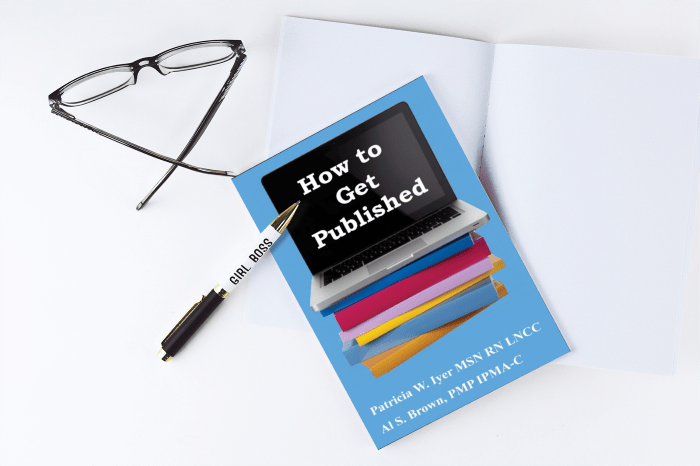What does it take for coeditors to work together well? I’ve worked with coeditors on several of my textbooks.
The Role of Coeditors
Once your plan for your book includes more than about 12 chapters you will usually need help from a coeditor. A coeditor needs to be detail-oriented, good at managing people, diligent and easy to work with.
The typical role of the coeditor involves splitting the responsibility for chapters between the two coeditors. Perhaps you may have articles or chapters that are being written by other authors. A coeditor helps to keep those authors on track.
Editors answer questions, review outlines and drafts and serve as cheerleaders to keep the authors enthused about their chapter and its contribution to the book.
Creating a Smooth Relationship
You should have good communication with your coeditors. Set up regular conference calls and discuss issues that are arising. These most frequently have to do with recruiting authors, helping authors adhere deadlines as well as working with an author who has turned in a chapter not of acceptable quality.
Coeditors can have events that make it difficult for them to complete the project. They may have life events that make it impossible to participate.
I hope this never happens to you. It has happened to me. This requires a re-examination of the work yet to be done and how the slack can be picked up. One of my co-editor’s parent died in the middle of working on our book and I ended up taking over the entire project until the coeditor was able to resume her role.

A Chief Editor with Associate Editors
Instead of having coeditors, you might be a chief editor with associate editors. In this model the chief editor recruits the associate editors and the associate editors recruit the authors. The chief editor works with the associate editors to keep the project on schedule.
When I served as the editor for Legal Nurse Consulting Principles and Practices, Second Edition, I spent about 20 hours a week of uncompensated time for about six months. This was a lot of work. Here’s what it involved:
- I recruited and guided the eight associate editors.
- I edited all of the chapters.
- When 2 editors could not complete their responsibilities, I had to take over their groups of chapters.
- I also wrote or co-authored three chapters.
That gives you a sense of the time commitment for a project of this nature. I ran my business during the rest of the hours in the week.
While this was a huge commitment it established my name within the legal nurse consulting industry. People tell me, “You wrote the bible of our field.”
This type of commitment may not be representative of your project but it gives you an idea of the responsibilities and the hours involved for the editing and the writing. If you enjoy the process they tend to go pretty quickly.
Remember that your name will be listed as an editor of a book and you want the quality to be high. I go into a lot more detail about being an editor or coeditor in my book, How to Get Published. Grab your copy today.
- There is an article or book trapped inside you that is aching to get written
- You are interested in developing or expanding your ability to write for publication.
- You are unsure how to get started as an author.
- The idea of writing seems so overwhelming that you do not know how to start.
- You are afraid of being embarrassed by misusing words.
- You are concerned with avoiding traps associated with being an author or editor.
If you liked this post, you’ll love How to Get Published.
 Pat Iyer is an editor, author, book coach and ghostwriter who helps individuals create books that encourages their expertise to shine and advances their businesses. She has written or edited 48 of her own books.
Pat Iyer is an editor, author, book coach and ghostwriter who helps individuals create books that encourages their expertise to shine and advances their businesses. She has written or edited 48 of her own books.


